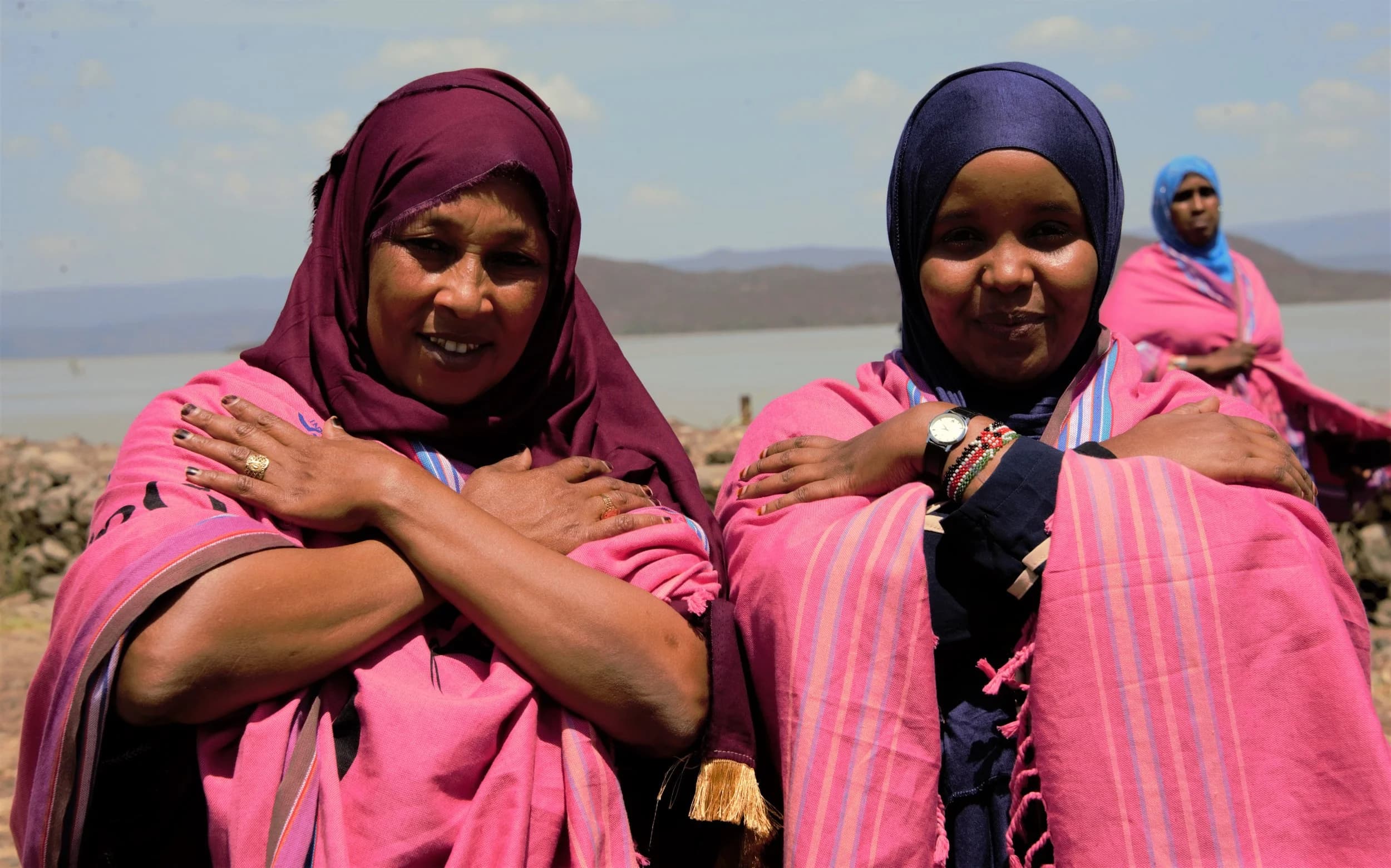We're loading the full news article for you. This includes the article content, images, author information, and related articles.
A transformative shift is underway along Kenya's coastline as women increasingly take up leadership roles in marine conservation, driving ecological restoration and unlocking new economic opportunities for communities once marginalized from the blue economy.

A quiet revolution is reshaping the management of marine resources along Kenya's coast. Once relegated to the fringes of the blue economy, women are now stepping into pivotal leadership positions within Beach Management Units (BMUs) and community conservation groups, steering initiatives that are proving critical for both environmental sustainability and economic resilience. This shift challenges decades of cultural and economic barriers that limited women's participation in a sector traditionally dominated by men.
Historically, women's roles in the coastal economy were largely confined to post-harvest activities like processing and marketing, with limited involvement in decision-making processes. Deep-rooted cultural and religious norms often prevented women from fishing or holding positions of authority. However, a growing body of evidence and targeted empowerment programs have demonstrated that their inclusion leads to more effective and equitable conservation outcomes. According to a 2023 gender-based analysis by Mission Inclusion, a non-governmental organization, women held only 15% of committee positions within Kenyan BMUs, highlighting a significant gap that is now beginning to narrow.
In communities from Vanga to Kipini, women are at the forefront of transformative conservation projects. In Kwale County, women-led groups are spearheading mangrove restoration efforts, which are vital for protecting coastlines from storm surges, sequestering carbon, and serving as critical nurseries for fish. The Tsunza Fish Pond and Mangrove Restoration community project, for instance, is composed of 45 members, 35 of whom are women. Similarly, the Munje Tunusuru Women's Group, formed during the COVID-19 pandemic, has cultivated over one million mangrove seedlings, significantly contributing to the restoration of the Vanga-Funzi ecosystem.
These initiatives are not only ecologically significant but also economically empowering. The world-renowned Mikoko Pamoja project in Gazi Bay, the first of its kind to sell mangrove carbon credits, has demonstrated a successful model for community-led conservation. While the project leadership includes both men and women, the benefits, such as funding for clean water, education, and local infrastructure, uplift the entire community, where women are key stakeholders. The success of Mikoko Pamoja has inspired other projects like the Vanga Blue Forest, which also emphasizes community and biodiversity benefits alongside climate mitigation.
The rise of female leadership has been catalyzed by non-governmental organizations and government initiatives aimed at promoting gender equality in the blue economy. Organizations like RESEAU Mission Inclusion are providing training in leadership and business management to empower women to find their voice and improve their livelihoods. The 'Go Blue' project, a partnership between the European Union and the Kenyan government, also aims to bring jobs to thousands of youth and women in the six coastal counties.
Despite this progress, significant challenges remain. Women still face barriers such as limited access to financial resources, the burden of unpaid care work, and persistent cultural norms. A study by Maseno University revealed that 67.2% of women in the coastal blue economy sector have not received any related training, and over half face financial constraints. Joyce Mramba, coordinator of the Kipini Tuna Women in Fisheries, recalls a time when women had to engage in transactional sex to access fish, a practice her group has worked to eliminate by empowering women to fish for themselves.
Advocates emphasize that achieving gender parity is not just a matter of equality but a crucial strategy for building community resilience against the escalating threats of climate change and pollution. Women's unique knowledge of natural resources and their skills as communicators are vital for developing effective conservation strategies and engaging local communities. As Somo Mohammed, Chairman of the Indian Ocean Water Body Network, notes, the implementation of the two-thirds gender rule in BMUs is a significant step towards equality and has already shown positive impacts.
The increasing involvement of women in leadership is a critical development for Kenya's blue economy, which contributes an estimated KES 178.8 billion to the nation's GDP annually. Their leadership is associated with increased accountability, trust, and a greater ability to attract international funding for conservation projects. The Western Indian Ocean Marine Science Association (WIOMSA) has also launched the Women in Marine Science Network (WiMS) to address gender equality issues and support female scientists in the region.
As Kenya continues to develop its marine resources, ensuring that women are not just participants but leaders will be paramount. Their stewardship is proving to be a powerful force for change, fostering healthier oceans and more prosperous, resilient coastal communities. The transformation happening in villages like Tsunza and Munje offers a blueprint for a more inclusive and sustainable future for Kenya's coastline.
Keep the conversation in one place—threads here stay linked to the story and in the forums.
Other hot threads
E-sports and Gaming Community in Kenya
Active 7 months ago
Popular Recreational Activities Across Counties
Active 7 months ago
The Role of Technology in Modern Agriculture (AgriTech)
Active 7 months ago
Investing in Youth Sports Development Programs
Active 7 months ago